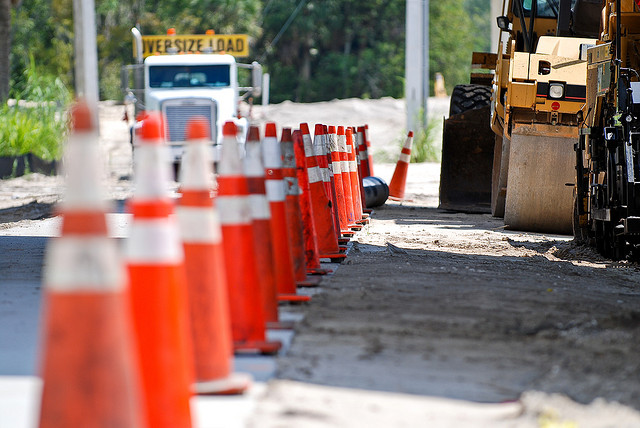Under current rules, Ontario pension funds can only invest up to 30 percent of assets in infrastructure investments.
But the Ontario Ministry of Finance is proposing an amendment to that regulation, which would raise the cap on infrastructure.
The proposed change would exempt Ontario public infrastructure projects from being counted toward the 30 percent infrastructure cap – allowing pension funds to exceed 30 percent as long as they were investing in local infrastructure projects.
From the Financial Post:
The Ontario Ministry of Finance has proposed that pension plans be permitted to take a greater stake in infrastructure projects.
Currently, the Pension Benefits Act limits pension plan investments to a 30% equity stake in the securities of most public companies. Exemptions to the “30% rule” do exist for real estate corporations, resources companies, investment corporations and others. The proposed investments would add “infrastructure corporations” to the list of exemptions.
“Many stakeholders have advocated the elimination of the 30% rule [entirely] over the years,” notes a recent Goodmans Update.
Despite such a recommendation from the Ontario Expert Commission on Pensions in 2008, the federal government, whose rules are incorporated into the PBA, has taken the position that it will not change the 30% rule “for prudential reasons.”
But in the 2013 Ontario Economic Outlook and Finance Review, the provincial government announced that it would modify the Rule by exempting infrastructure projects. The proposed amendment would apply to a host of “physical structures and associated facilities by or through which a public service is provided in Ontario” provided the infrastructure is located exclusively in the province.
[…]
“As with the current exemptions for real estate, resource and investment corporations, a pension plan administrator could only benefit from the exemption to the 30% Rule if it filed with the Superintendent a prescribed form of undertaking by the infrastructure corporation,” Goodmans advises.
The amendment is currently in a comment period, which ends January 9.
It can be found online here.


